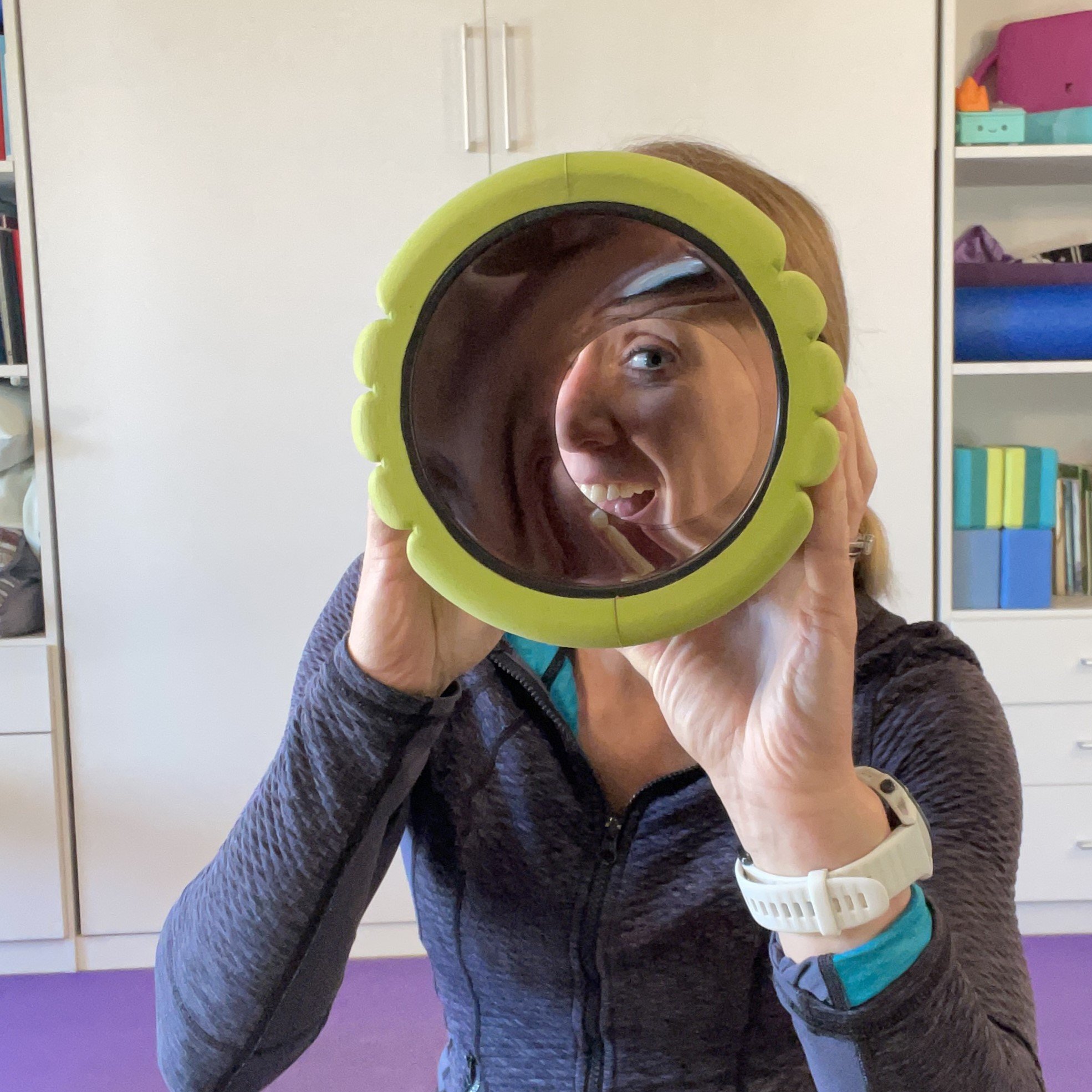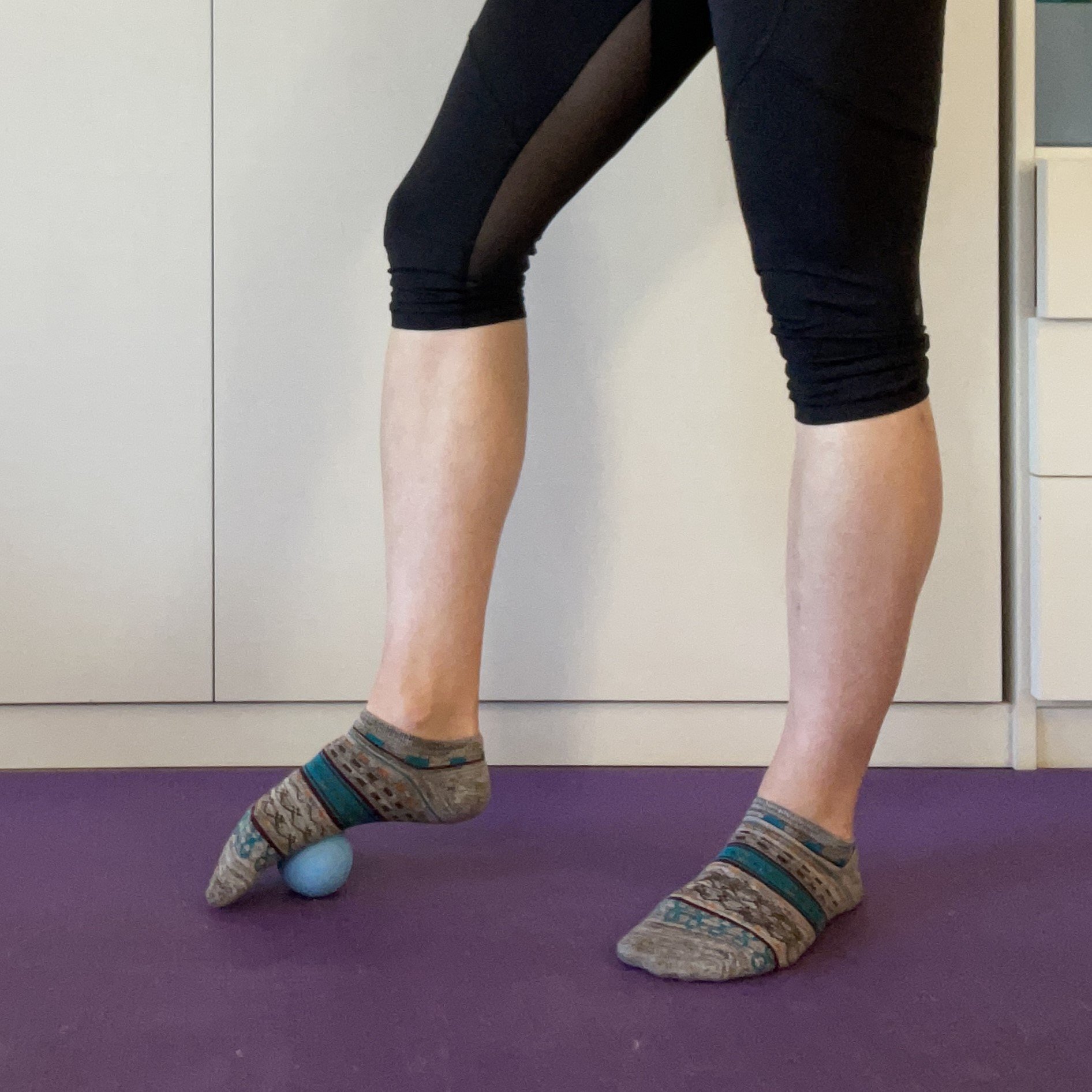Myofascial Self-Massage Tools: A Review
How’s your body feelin’ today? Are you muscles sore or stiff, and you don’t have the time (or money) for a massage? Well you’re in luck because today I’m going to talk about lots of tools that you can use to massage yourself at home. SMR, or “self-myofascial rolling”* provides numerous physical and neurophysiological benefits. Not only can they keep you limber and reduce muscle pain, they all cost less than a trip to the massage therapist!
This is not a list of every single tool out there-and trust me, there’s a new gadget coming out all the time. However, this covers a lot of the basic or more popular tools out there. If you think I missed one that’s worth mentioning, comment below!
Foam Rollers
Foam rollers in varying colors and lengths: 12”, 24”, and 36”
Foam rollers are probably the OG of the self massager world. You can find rollers in varying lengths of 12”, 24”, or 36” long. You can also find numerous densities of materials ranging from soft and squishy to rock hard. Finally, you can choose from different textures, including smooth, grooved and giant knobs/spokes.
You want to choose a density and texture that matches well with your comfort level. Foam rolling (and all myofascial rolling) should be uncomfortable, but not painful—think, “this hurts so good” as opposed to “this HURTS!” The softer and smoother a foam roller is, the less pressure applied to the muscles. If you want something more intense, go with a firmer material and/or more texture.
Foam roller length is more for your general application. Do you like to foam roll on the road? Get a smaller, hollow roller like the one shown. Personally, I like the 36” length because then I place my whole back on it lengthwise, but that’s just what I like.
I have never ever taken this on the road with me. But if I did, I would stuff my socks in here.
To use a foam roller, you’ll want to take whatever body part that ails you and plop it on the roller. When you find a tender or stiff part, hold in place for at least 30 seconds. Just rolling the muscles can help too, so if in doubt, do what feels good. Make sure that no matter what pose you’re in, you keep your core engaged and use good posture!
Foam rollers are great because they are relatively inexpensive but very effective when used regularly. They’re also reasonably inexpensive. However, they take up a lot of space. And if you have trouble getting down onto and up off of the floor, that’s not going to help you. They also can be too intense for some populations. You control the pressure, but sometimes holding your body up to maintain a comfortable pressure may be difficult. BUT, if you don’t have those issues, I highly recommend adding a foam roller to your toolkit.
Hand Roller
The hand roller is like the little cousin to the foam roller. It’s smaller and more portable; some models, like the one below, actually have retractable arms.
Kapow!
Using a hand roller is pretty easy; you just roll it on yourself. Hand rollers are great because you can use them while seated, and you have total control over the pressure. However, since you are in control of the pressure, if you need more pressure than you can apply, you’re out of luck. The hand roller is great for your legs, but not so great for your arms or other hard-to-reach places. But it is a lot more compact than a foam roller, so you may be willing to take it with you when you travel.
A hand roller: your tight quad’s best friend.
Lacrosse ball
The lacrosse ball—in the massage world, it is referred to as the “sphere of pain.” (Just kidding.)
They’re small and they’re mighty! You can buy a pair at any sporting goods store for like $5, and they’re portable enough to take with you anywhere—I usually do. You can use a lacrosse ball similarly to a foam roller. What’s nice is that because it has a smaller surface area, it’s easier to get into smaller muscles compared to the roller. Like the roller, you typically will use the ball on the ground, but if the pressure is too intense, you can press against the wall instead.
You can use the lacrosse ball pretty much anywhere on the body. But a warning—because of the small surface area, the pressure applied (especially if you’re on the floor) can be INTENSE. If you’re very sensitive, you can always try a tennis ball instead. Or, if you really want to bring the pain, you can try a golf ball. I love my lacrosse ball and I carry one all the time.
MAssage cane or hook
An example of a massage hook, or as I like to call it, “the self-massager formally known as Prince”.
These guys come in various shapes and colors and are typically made of a hard plastic. Each model has its own collection of knobs and pressure points that you can use against your body. Basically, you use leverage to apply pressure to any part of your body.
I wasn’t a huge fan at first—the hook is a bit unwieldy and it can be hard to figure out what the heck to do with it. But I have to say that it won me over. First, you can access most of your body while you’re seated, making it great to fiddle around with while you’re watching TV. Second, all of the little points are great for getting in those hard-to-reach places like your neck and upper shoulders. And finally, it’s easy to control the pressure using just gravity and leverage.
MASSage guns
Don’t take these to an actual gunfight.
Of all of the tools on this list, massage guns are by far the most expensive. A good massage gun can run you from $100-400 depending on the model. Original models were pretty big and bulky, but nowadays companies are putting out massagers with smaller profiles.
So how do they work? You insert one of the massage heads to determine the type of pressure to apply. Then, simply turn the gun on to start it vibrating; many models will let you toggle between different speeds/frequencies. Hold the massage head against the sore muscle, and there ya go!
Choose from one of 5,000 accessories to hit every sore spot.
Massage guns can be relaxing or intense based on what you’re looking for. They can also be pretty noisy, so this isn’t the tool to use next to your sleeping roommate or in a public place. Also, people may think you’re using a vibrator. Because, technically, you are using a vibrator. There, I said it.
Massaging on my day off, hence the civilian wear.
So there you have it—self-massagers for every style and budget! Spend a little time massaging every day to get the maximum benefits. But of course, if you want to splurge, a regular massage is always great too!
(Do you use any of the above? What are your favorites/least favorites? Let me know in the comments below!)
*Note: SMR used to refer to “self-myofascial release”, referring to the “release” of a myofascial trigger point. Current studies suggest that that’s not how massagers really work, though. Hence the change from “release” to “rolling.” Of course, some of the tools listed above don’t roll, so then what do we call it?
Eh, just go with it. Or roll with it…?

















